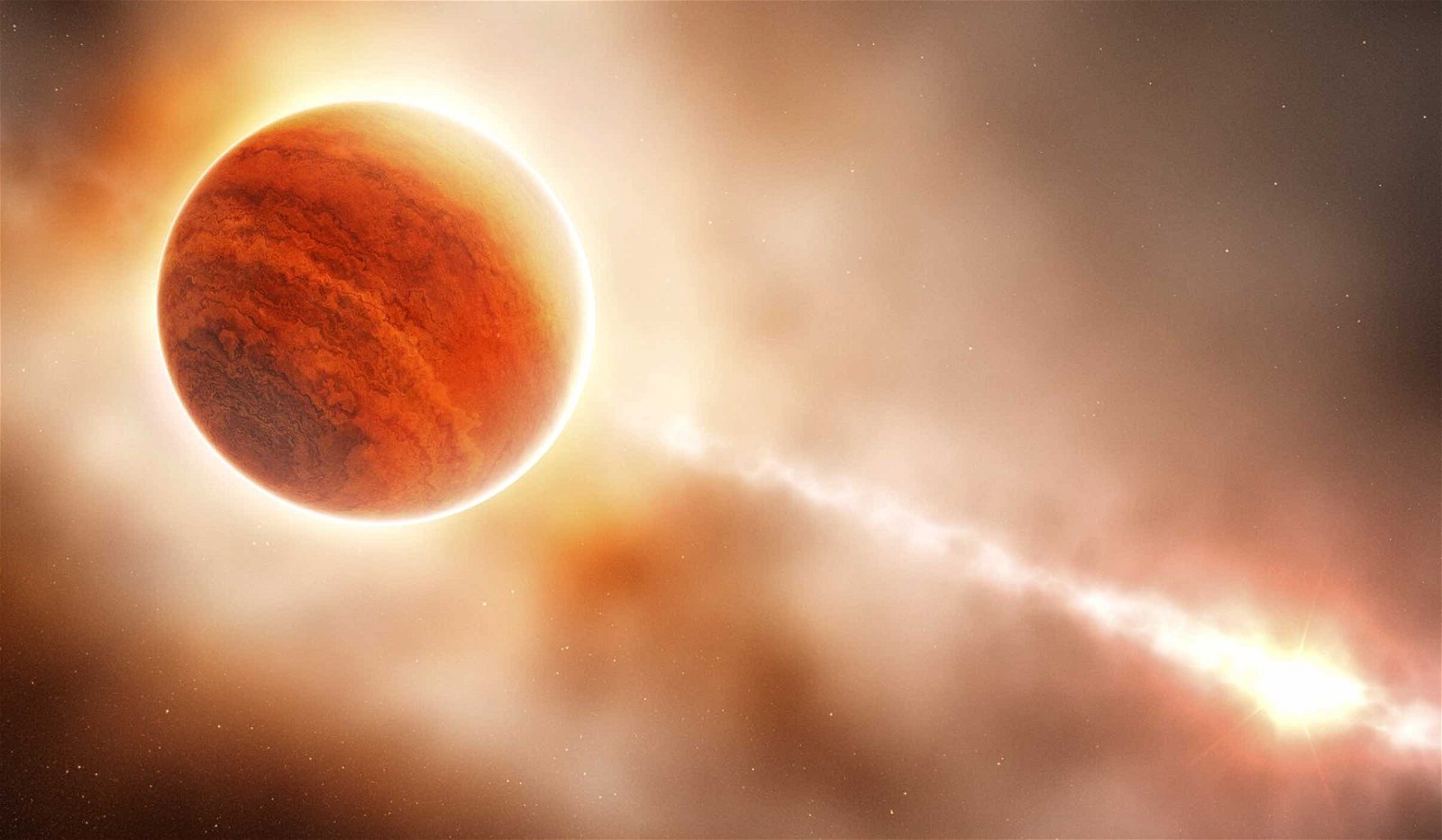Astronomers using the James Webb Space Telescope have observed a young star’s mass being ripped away from its protoplanetary disk by massive stars nearby, according to new research that offers clues to why some stars are unable to possess giant planets.
The discovery marks the first evidence that blasts of ultraviolet photoevaporation from nearby massive stars can strip away a smaller star’s protoplanetary disk, leading to significant—and very rapid—reductions in its overall mass.
The new evidence reveals the role of far-ultraviolet (FUV)-driven photoevaporation in impacting the protoplanetary disks of young stars. Additionally, it offers significant new insights into the formation of gas giant planets like Jupiter and why certain conditions involving interactions between stars may prevent them from being formed at all.
Protoplanetary Building Blocks of Giant Planets
Protoplanetary disks surrounding stars are the building blocks that condense over time to form planets. Among the varieties of planetary types, gas giants are constrained by processes like photoevaporation, which leads to reductions in mass from protoplanetary disks.
Photoevaporation describes the removal of the uppermost layers of a protoplanetary disk as it becomes heated by X-ray or ultraviolet protons. When this occurs, gases within the disk begin to heat up and eventually escape.
This is especially problematic for smaller, low-mass stars, since they exist in clusters alongside more massive stars, from which radiation escapes and bombards the younger stars in their celestial neighborhoods.
Regions of Photodissociation
When ultraviolet photons disrupt the gas chemistry within protoplanetary disks, current models dictate that areas known as photodissociation regions, or PDRs, are believed to form.
Although these processes are well understood in theory, direct observations of this phenomenon have remained hard to come by for astronomers in the past.
Enter the James Webb Space Telescope’s sensitive NIR-Cam instrument, which, along with submillimeter measurements provided by the Atacama Large Millimeter Array, finally allowed astronomers an opportunity to observe, for the first time, far-ultraviolet radiation bombarding a protoplanetary disk.
A Long-Term Gas Leak
In research led by Olivier Berné and colleagues, observations of emission lines detected within the PDR of a small low-mass star within the Orion Nebula, d203-506, revealed that it is losing mass very quickly because of gases within its protoplanetary disk being heated by ultraviolet proton bombardment.
Sometime within the next million years, current data collected by the team indicates that d203-506 will likely lose enough gas that no gas giant planets will be able to form from the remaining matter in the star’s protoplanetary disk.
Berné and his team’s new paper, “A far-ultraviolet–driven photoevaporation flow observed in a protoplanetary disk,” was published in the journal Science on February 29, 2024.
Micah Hanks is the Editor-in-Chief and Co-Founder of The Debrief. He can be reached by email at micah@thedebrief.org. Follow his work at micahhanks.com and on X: @MicahHanks.

